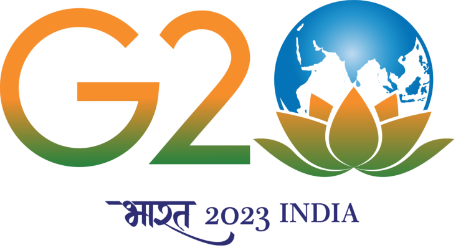History
Since its inception, the RHAC has encountered a multitude of significant challenges, resembling a newborn finding its way through unfamiliar terrain. Initially without a dedicated building for offices and essential facilities, the Council has steadily progressed to meet the needs and dreams of both the Rabha people and other communities living within its jurisdiction.
Initially, the Council encompassed 306 Revenue Villages with an estimated population of 350,000. However, its jurisdiction expanded to 779 Revenue Villages following Government Notification No. TAD/BC/135/2005/10, dated May 17th, 2005. It's important to note that during its early period, there was no single window system for approving and disbursing funds to the Council, a system that was established in 2003-04.
It's noteworthy that despite the noticeably meagre flow of funds to the RHAC, which falls short of meeting the needs and aspirations of its people, the Council has persistently forged ahead. Initially, the Council was governed by government-nominated members. However, after the democratic election conducted in 2013, elected members took charge, leading to a gradual increase in the Council's fund allocation to a more reasonable status.
This Council comprises 34 major departments, each responsible for implementing genuinely need-based developmental schemes. These departments cover areas such as Education, Agriculture, Rural Roads & Bridges, Health & Family Welfare, Sports & Youth Welfare, Panchayat & Rural Development, PHE (Drinking Water), Tribal Welfare, Tourism, Social Welfare, Handloom & Textiles, Sericulture, Minor Irrigation, Cultural Affairs, and more.
The Tribal community, including the RHAC, faces significant educational backwardness, evident in the poor infrastructure of school buildings and related facilities. However, whenever the RHAC has had the opportunity to enhance the field of education, it has consistently seized it. Efforts have been made through provisions like Teaching Learning Materials (TLM), school building construction, and additional classroom construction, all aimed at advancing the educational sector.
The vast southern region of the Council area, nearly the entire foothills bordering Assam and Meghalaya, remains largely inaccessible by roads or any means of communication. Additionally, village roads in other areas are in a deplorable state, necessitating their improvement, renovation, or reconstruction. Recognizing the pivotal role of communication in fostering rapid development, the RHAC is giving utmost priority to taking necessary actions in this regard.
Understanding that an efficient communication system is vital for progress, a significant portion of the allocated budget is dedicated to the development of Rural Roads & Bridges. Initially, due to limited budgetary allocations, less attention was directed toward this sector. However, the Council has shifted its focus towards communication in recent times. As a result, numerous concrete roads have been improved and constructed, significantly enhancing the communication infrastructure compared to earlier times.
Within the RHAC area, numerous remote regions pose significant challenges in accessing medical facilities. Consequently, the Council has taken measures to address these issues by deploying multiple ambulances, ensuring better healthcare access for villagers in remote areas. Moreover, the Council consistently endeavors to improve the infrastructure of Mini Primary Health Centers (PHCs), Health Sub-Centers, First Referral Units (FRUs), and Community Health Centers (CHCs), aiming to cater to the healthcare needs of the people within the RHAC more effectively.
The people of RHAC predominantly rely on agriculture, and to cater to their interests, the Council has initiated numerous beneficial schemes aimed at uplifting the Tribal community. The RHAC area holds immense potential for diverse agricultural activities. Recognizing this potential, the Council has implemented various agricultural and allied sector schemes beneficial to the people, aimed at fostering economic upliftment.
Recognizing that Sports & Youth are fundamental drivers for enhancing development in the area, communities, and the state, the RHAC consistently focuses on implementing various beneficial schemes for the youth of RHAC and the sports sector. This includes conducting extensive sports training programs encompassing football, volleyball, martial arts, and more. Additionally, the Council encourages participation in National/State Level sports events and endeavours to develop the sports field to foster a thriving sports culture.
Within the Tribal Welfare Department, the Council implements diverse developmental schemes aimed at benefiting tribal communities alongside other ethnic groups within RHAC. These initiatives encompass infrastructural development, the construction of various Community Development Centers, and offering one-time scholarships for ST Students, among other supportive measures for Tribal Organizations.
This Council has recently introduced several special schemes aimed at recognizing and encouraging achievements in various sectors within RHAC. These schemes include awards in categories such as Agriculture, Education, Sports, Peace & Integrity, Youth, Women Empowerment, Sangbadikota, Sericulture activities, Entrepreneurship, and more. Their goal is to motivate and acknowledge the contributions of individuals within the RHAC community across diverse fields.
The construction of a permanent Secretariat Building, a longstanding aspiration of the RHAC community, is finally underway, thanks to the support and grace of the people. The building, a G + 1 structure, is in progress and will soon become a significant asset for the Council in the upcoming year.

